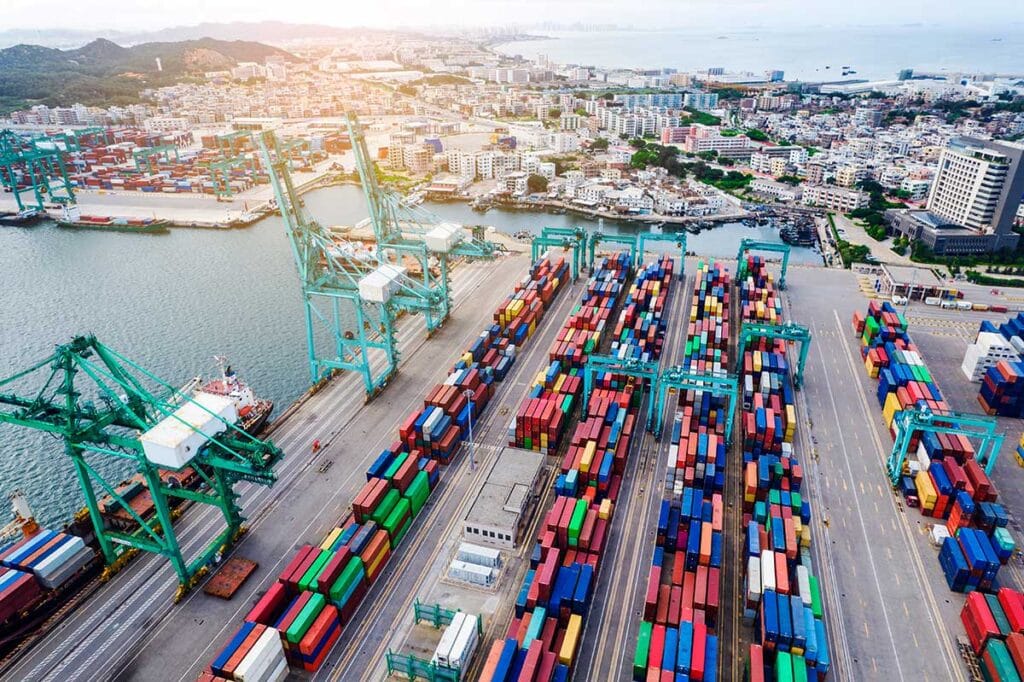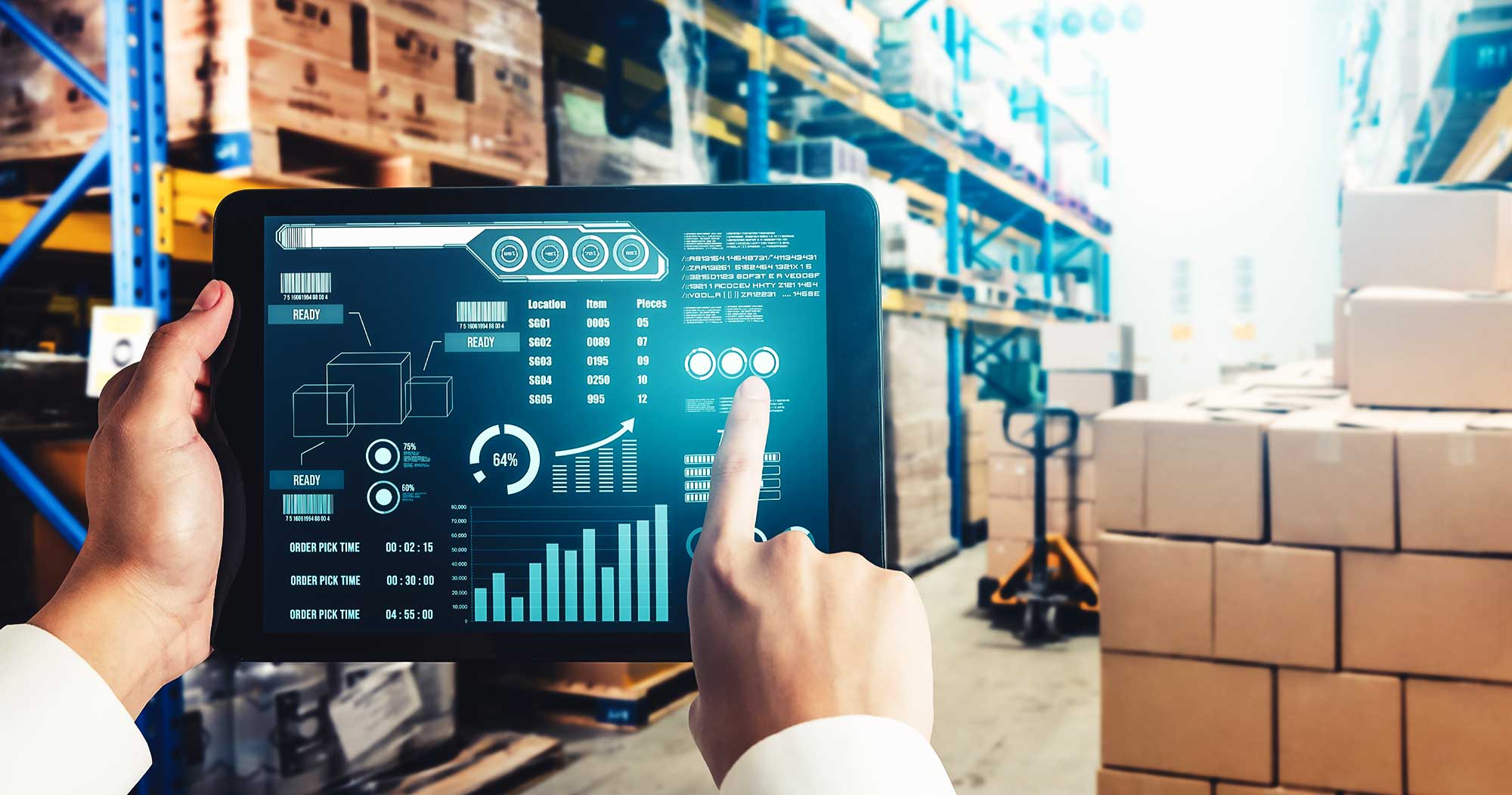An inefficient and poorly functioning supply chain can negatively impact every aspect of an organization. As companies increasingly use their supply chain to compete and gain market share, they increase spending to maintain their leadership. Technology and process upgrades by forward-thinking companies clearly show that supply chain excellence is more widely accepted as an element of an overall business strategy aligned with increasing value to customers.
In 2020, a bigger push is expected on more short-term payback and investing in supply chain capabilities to drive commercial growth. The cost will always be an important factor for supply chains, but today’s commercial organizations need new capabilities from their supply chain to support their growth strategies: things like quicker response times, higher service levels, and the ability to effectively serve new channels, such as e-commerce while delivering a more diverse product portfolio.
For decades, many supply chains have pushed toward consolidation in order to optimize efficiency and scale, but the economics have been changing. Rising taxes and duties that come from operating globally are causing uncertainty, and managing an increasingly complex portfolio with long supply chains is getting too difficult and costly, and hence shortening the overall supply chain is a way forward. Furthermore, digital innovations and rising labor costs in traditionally low-cost countries, such as China, are changing the economic equation. Alternatively, many companies will decide in favour of shifting production locations closer to demand.
In 2020, supply chains must support global and sustainable operations while at the same time providing responsiveness to a diverse set of customers. To accomplish this daunting task, supply chain leaders will keep their eye on several trends:
- Pragmatic use of automation across the end-to-end supply chain to drive scalable efficiencies.
- Increased use of machine learning and AI to accelerate and improve decision-making.
- Use of the cloud to increase the speed of implementation and lower upgrade costs.
- Re-design of supply chain competency models and approaches to finding, acquiring, and retaining talent.
Looking forward, there’s also the economy to consider, as its performance has a direct effect on supply chain trends. While economic performance has been good, there are signs that 2020 will be somewhat bumpy. Apparently, the trade war is heating up and the automotive industry is slowing down. The indicators will undoubtedly have an impact on supply chain innovation, speeding up some initiatives while slowing others. Against this backdrop, top supply chain trends in 2020 have been discussed below.

Technology Trends to Build Supply Chain Resilience
1. Digitization
Digitization of the supply chain, encompassing all efforts to integrate corporate systems into the unified whole as well as implementing new digital technologies, will continue to be a priority. The goal of digitization is a smart, efficient supply chain ecosystem that demolishes silos, creates transparency, and enhances responsiveness. It envisages a digital environment that eliminates manual processes and provides a single view of the organization by creating paperless systems right through to techniques for modeling supply chain networks.
2. Move to the Cloud
While many organizations still rely on legacy on-premise supply chain software, the future is in the cloud. Available in many forms, including Software as a Service (SaaS), Infrastructure as a Service (IaaS), and Platform as a Service (PaaS), supply chain cloud computing offers flexibility, scalability, and a global reach while doing away with the need to maintain extensive, expensive on-premise computing infrastructure. Research shows that cloud-specific spending in 2020 will grow six times faster than other IT expenditures. On-premise supply chain software and cloud-based supply chain applications offer a better user experience, greater functionality, and easy access to new features and releases.
3. Omnichannel to be the norm
In response to customer demand, businesses will make big strides towards offering a true omnichannel buying experience. Allowing customers to seamlessly shop online or in brick-and-mortar stores, omnichannel supply chains place greater demands on logistics and supply chains with the simultaneous requirements of supplying individual customer orders as well as replenishing stock at retail outlets. The switch from single- and multi-channel supply to omnichannel supply requires a complete rethink of supply chain logistics.
4. Sustainability
Sustainability has become one of the key global supply chain trends, with customers demanding green products and sustainable practices. People are looking toward the importance of eco-friendly supply chain practices, such as switching from plastic to cardboard packaging and using smaller packaging. Organizations also need to be aware of their carbon footprint and should take steps to become carbon neutral and include sustainability as part of their supply chain planning.
5. Growth in Circular Supply Chains
There’s a move away from the traditional linear supply chain to the circular supply chain where manufacturers reuse and rework discarded and worn-out products through refurbishment or by recycling components into raw materials. Apart from regulatory requirements for the safe disposal and reuse of discarded products, there’s a clear indication that customers favor businesses that recycle materials, and many leading companies are discovering additional value through circular supply chains.
6. Agility
To effectively compete, supply chains need to be flexible and agile, as well as able to respond to changes on short notice. This is a radical departure from traditional supply chain thinking that focuses on reliability, consistency, and low cost. One of the notable supply chain management trends is a switch from off-shore manufacture to local or near-shore supply. Advantages of this include shorter delivery times and lower shipping costs. With less money tied up in stock, organizations can respond more quickly to changes in demand.
7. Internet of Things
The digital transformation of supply chains will only accelerate. Increased use of advanced analytics, machine learning, and AI will proactively detect trends and insights on a path to a self-learning supply chain. Increased use of IoT and smart sensors enabling “in the moment” visibility and decision-support will drive further convergence of planning and execution across sales, procurement, manufacturing, and logistics.
IoT allows organizations to monitor inventory, automate stock reordering and keep track of deliveries, all in real-time. Sensors can predict wear and tear on equipment, allowing timely ordering of spare parts. IoT increases supply chain transparency.
8. Big Data Analytics
Big Data is here, thanks to the digitization of the supply chain, the growth in IoT, and the greater availability of customer data. Companies today have access to enormous amounts of data and are using this to generate business intelligence ranging from understanding past performances to predicting future trends. Using Big Data, it’s possible to determine customer preferences and market trends, as well as redefine the supply chain.
9. Artificial Intelligence and Machine Learning
Currently, companies are taking decisions in favour of the infusion of AI in decision-making, automation, and improvements in workforce training. The challenge for supply chain leaders will be to balance delivering short-term value while not losing sight of the longer-term innovations that can create bigger, step-function improvements down the road.
With greater access to Big Data, more organizations are turning to AI and machine learning to simplify tasks and automate procedures. Predictive analytics and machine learning algorithms are being used to improve planning and decision support systems, identify purchasing patterns, automate tedious warehousing processes and manage inventory. Many organizations are using artificial intelligence to replace humans performing repetitive supply tasks and performing complex supply chain calculations.
10. Prescriptive Analytics
The new concept of prescriptive analytics is being increasingly used as a supply chain decision-making tool. While other forms of analytics, such as diagnostic and predictive analytics, focus on past and future trends, providing useful insights, they share a common failing: They don’t provide the information needed to make informed decisions. More recent research suggests faster growth of the prescriptive analytics market.
11. Robotics and Automation in Logistics
Robotic Process Automation (RPA) will increasingly be used to automate repetitive tasks and support “no regret” actions and decisions. Automation will continue to increase. Labor shortages are accelerating the adoption of robots and cobots in factories and warehouses. RPA will increasingly be used to automate repetitive tasks and support “no regret” actions and decisions.
Workforce management innovation and engagement is critical. As technologies and tools become more sophisticated and ubiquitous, digitally upskilling the existing workforce will be pivotal to effectively operating in this environment and staying competitive. This involves training on digital enablers and fostering an environment of “grassroots,” citizen-led innovation that is smartly directed toward business-led imperatives.
As companies respond to the conflicting demands of omnichannel supply chains, especially with regard to the need for flexibility and agility, many are turning to robotics to speed up labor-intensive tasks. Robots are ideal for repetitive tasks such as sorting, counting, and even for fetching and carrying products in the warehouse.
12. Warehousing
As e-commerce demands intensify alongside growing warehouse automation, the fight to find and retain warehouse workers could intensify even further. Ever-shorter consumer deliveries. Next-day delivery of items in local DCs is already typical in many major metropolitan areas, occasionally at a modest premium and often at no premium. The next hurdle will be same-day delivery, which will necessitate alternative stocking strategies and intra-day runs to accommodate orders as they are received.

Conclusions and Way Forward
Emerging Trends Digital Supply Chain would be more aligned toward Artificial Intelligence, the Internet of Things, Omnichannel and advanced analytics, etc. Further, the new focus is on sustainability and circular supply chains as customers flex their muscles regarding waste and the environment. Agility and omnichannel supply chains are becoming the norm, while the increased availability of Big Data means organizations are now able to close the loop with prescriptive analytics and make informed supply chain decisions.
Technology integration may accelerate and become more strategic. The next hurdle will be same-day delivery, which will necessitate alternative stocking strategies and intra-day runs to accommodate orders as they are received. Global changes will result in supply chain disruptions. Many exciting things are happening due to response to changes arising from the availability of Big Data, supply chain digitization, and omnichannel marketing, to name just a few.
*****


